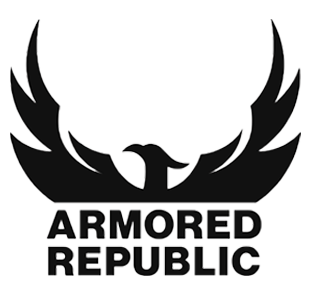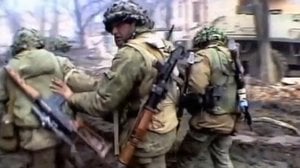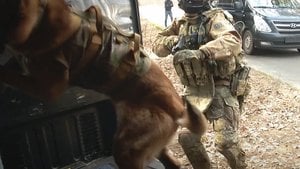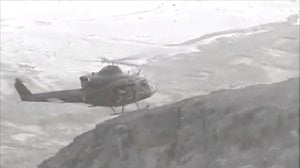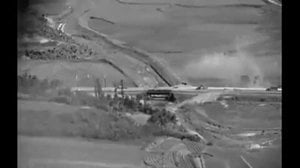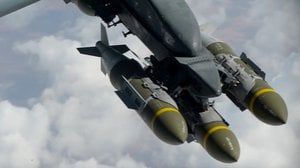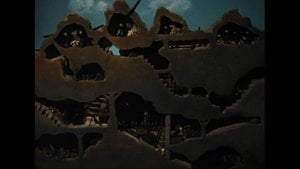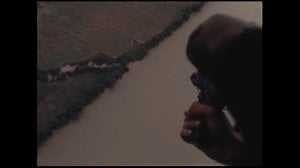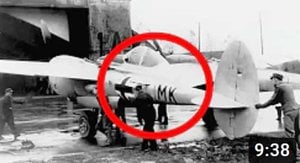
World War I Archive: Passchendaele, Third Battle of Ypres, 1917
Published 4 weeks ago
Archival footage courtesy of the Battle of Passchendaele of the Imperial War Museums. Passchendaele, also known as the Third Battle of Ypres, lasted from July to November 1917 and claimed as many as three quarters of a million casualties. For four years, Allied and German armies reddened the fields of Flanders, resulting in five major clashes around the Belgian hamlet of Ypres. The purpose of the Passchendaele offensive was to capture high ground south and east of Ypres, which would sever a major railway junction that served the German 4th Army. A British attack along the coast from Nieuport and a simultaneous amphibious landing would forced a German withdrawal, allowing the allies to advance to the Dutch frontier. Stubborn resistance by the German 4th Army, torrential rains, and hellish, immobilizing mud allowed the Germans to limit the allies to minimal gains at a horrific cost.
In this video we see the conditions under which the combatants were forced to fight. Artillery ruled the battlefield and accounted for most of the casualties, but mustard gas was also seen in large quantities for the first time. Most prominent is the mud, which swallowed men, horses, mules, and carriages whole. Troops from across the British Empire fought at Ypres, including ANZACs from Australia and New Zealand, Indians, and Canadians. Eventually, in November 1917, British and Canadian forces captured the Passchendaele, at a cost of 320,000 casualties, while the Germans sustained between 260,000 and 400,000 killed, wounded, captured, and missing. In addition to taking the town, British lines advanced about five miles.
Today, Ypres is an idyllic Belgian town. Razed during the war, it was rebuilt afterwards using photographs to restore its former charm. Students and tourists enjoy a central square lined with shops and restaurants, and dominated by the Ypres Cloth Hall, a large, Gothic structure originally built between 1200 and 1304, and meticulously reconstructed between 1933 and 1967. The Cloth Hall is now home to the In Flanders Fields Museum, which now memorializes the soldiers who fought around Ypres as well as the civilians who endured the carnage. The town’s sad history is never far from sight, and in and around the town monuments to the men who fought and cemeteries filled with those who died. I found at the edge of a farmer’s field a monument set beneath a maple leaf flag honoring Canadian Troops who fought in the Battle of Mount Sorrel in 1916. The care given this lonely marker is a testament to the attention paid to the past.
About the Author
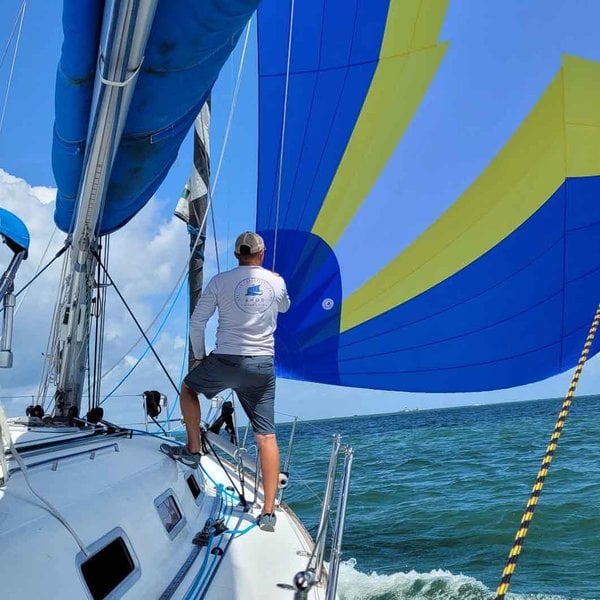
Cam
Cam served as an infantry officer in the Marine Corps, deploying to the Horn of Africa and participating in combat operations in Iraq. He currently works in the maritime industry and in the defense sector as an instructor of combined arms planning and operations. An avid sailor, Cam founded and directs Triumph Sailing, a nonprofit that supports veterans and first responders through adventure and fellowship on the water. Triumph Sailing is preparing for the 2024 season of sailing on Galveston Bay and in the Gulf of Mexico. You can support the mission and next year's sailing season at Tri-Sail.Org.
